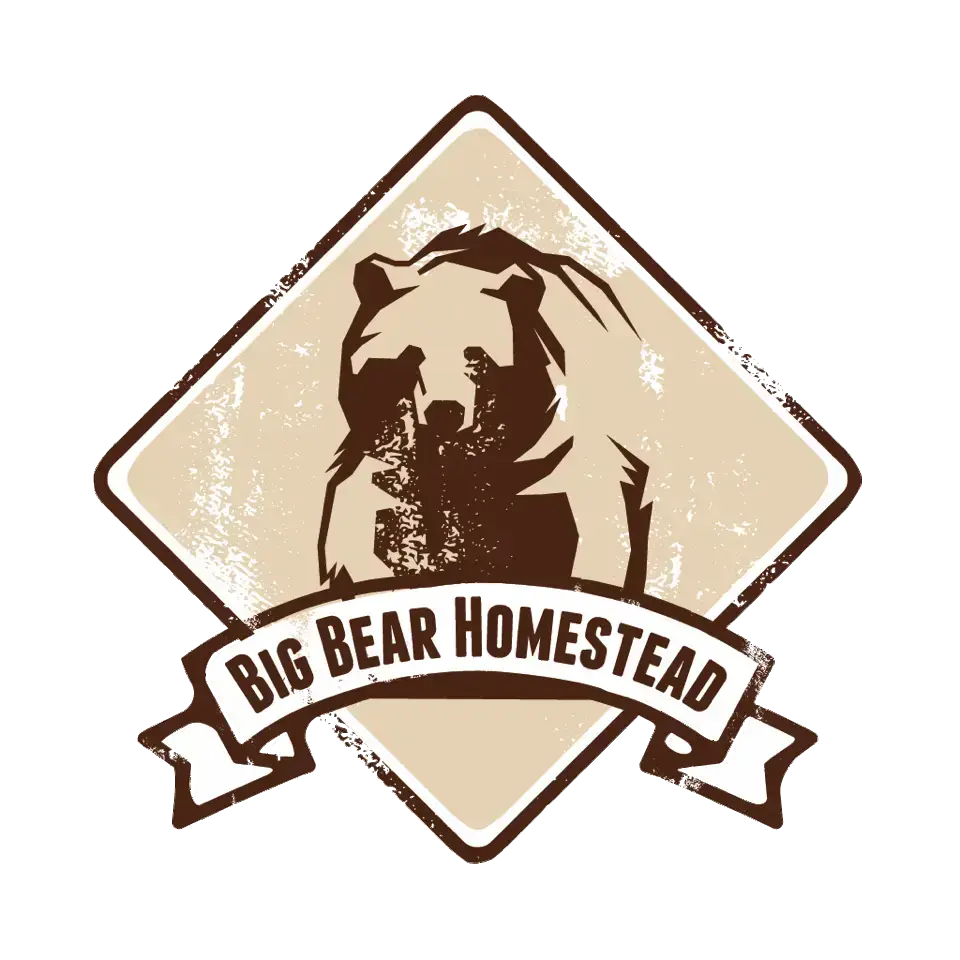If you had asked me a few years ago what foraging was, I would have had to look it up. When we became grass farmers, I heard it used a lot in reference to how the cows and sheep and chickens eat….they forage. But it wasn’t until I met a very dear friend of ours, Tasha, that I realized that foraging was not just for livestock. On one of her many visits to our 5 acre plot, Tasha told us that we had more resources on our little plot than we realized. She bent down and plucked a weed from where our garden was “resting.” She told us that this little weed was quite tasty, sheep sorrel, she called it. And it was!
Then she walked a few steps and plucked a little pod off of what looked like a shamrock weed. She told us this was also quite tasty and called it, wood sorrel. At that point, our girls were hooked. They led her around the property identifying different edible plants. She also told them to be careful because there are some plants that have an “evil twin”. So they had to make sure they could positively identify something before they ate it.
Foraging on our forever homestead
When we moved to our new homestead in Elberton, the girls immediately informed us that they would never go hungry. I thought they realized that there was more than enough room to grow our garden and feed our livestock. Then Carol Ann came up and showed me a “salad” that she prepared. There were several different types of weeds covered in dirt in a bowl. I asked her if she even knew what was in there. She told me that she had used the edible plant book to identify everything, just like Aunt Tasha showed her. We rinsed everything off and found that Carol Ann had picked wood sorrel, sheep sorrel, lamb’s quarters and dandelion. I prepared the salad, thinking this is ridiculous, I am eating weeds! But those weeds were tasty!
But it wasn’t until our tiller broke down that I realized how many beneficial weeds there are! Lamb’s quarters took over part of our volunteer garden plot. Blaze decided to try steaming lambs quarters. They were better than spinach! From that moment on, we decided as a family to educate ourselves on edible plants since you never know what kind of situation you could be in where you need to eat and only have weeds to pick from!
Our outdoor foraging routine
Now foraging is a daily occurrence here on the homestead. The girls never ask for a snack when they are outside playing. (There is a huge patch of sorrel and dandelion nearby!) And I don’t buy spinach at the store anymore! (Which takes away the concern of salmonella and e.coli outbreaks!) Of course the homestead looks full of weeds to the non-forager, but to us it looks like our own garden of edibles! So I encourage you to think twice before using roundup on those weeds! Do a little research. You might be pleasantly surprised to know that you too have some of the same delicious weeds in your yard!
For books about foraging and more check this out.

What edible book are you using to reference from? My daughter and I are hooked on foraging, but I can’t make a decision on which book to buy. I want something with clear pictures and descriptions that includes ‘How To’ descriptions as well.
We have two that we use, but primarily we use Peterson’s Guide to Edible Wild Plants. When looking for a book on foraging, I would make sure that it has a good picture guide, but also more importantly a list of poisonous look a likes. The other is Edible Wild Plants: Wild Foods From Dirt to Plate. This book is more geared to show you what to do with the plants once you harvest them. I am hoping to do a video this spring on foraging, a field trip if you will. Keep an eye out for it on our Youtube channel.